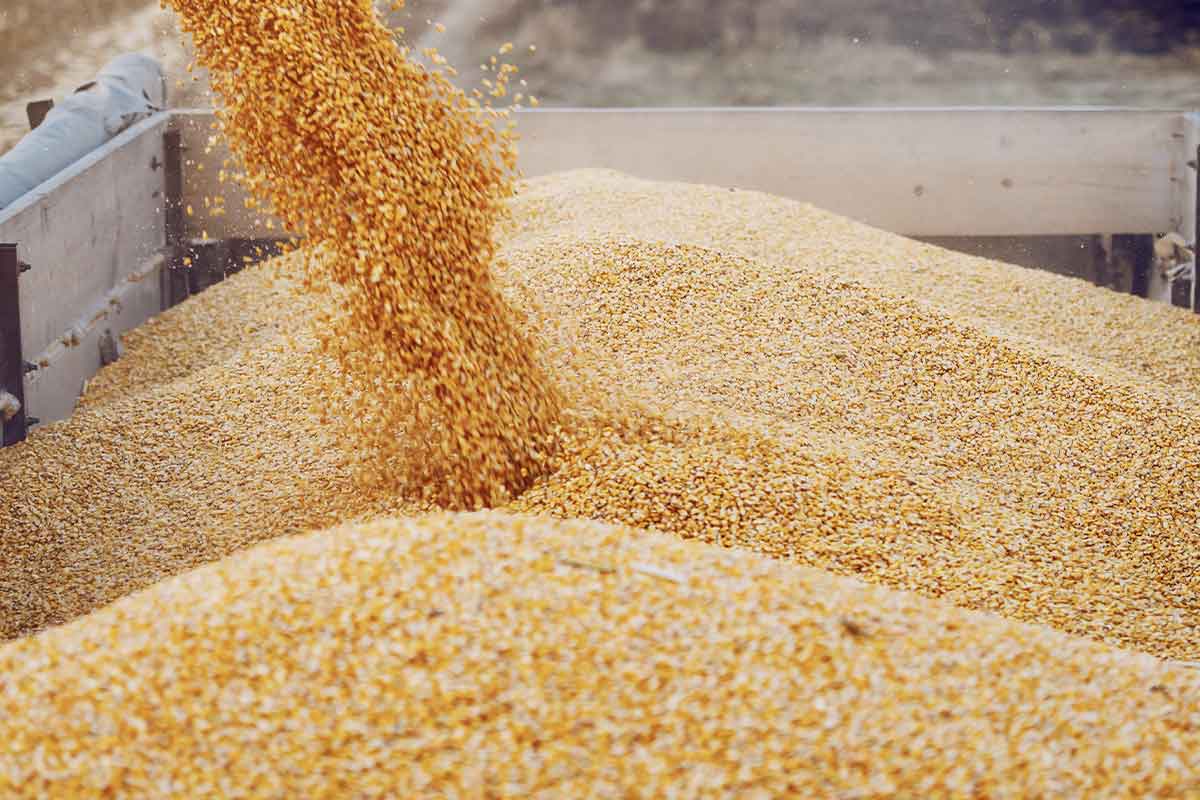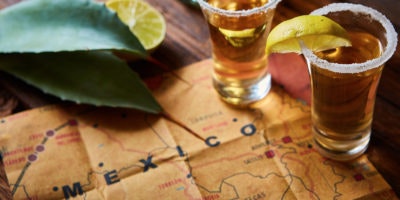Back in the fall of 2017, we broached the idea of terroir in whiskey. We examined the roiling debate on Islay, pitting the likes of Bruichladdich against Diageo’s two operational distilleries on the island, Lagavulin and Caol Ila. Elsewhere we looked to proponents of the concept ranging from Seattle’s Westland Distillery to Ireland’s Waterford Distillery. In the ensuing years, whiskey terroir — along with terroir in all spirits — has only become increasingly discussed and analyzed. As a result, it’s now an ideal time to wade back into these murky waters.
Intensive Research Efforts
In the past year alone, there’s been a string of projects shining a light on whiskey terroir. In fact, there’s even been a book on the subject: Rob Arnold’s The Terroir Of Whiskey. It’s an extensively-researched text highlighting Arnold’s own efforts as a distiller, as well as others ranging from Texas to New York, and Islay to Ireland. Arnold is the head distiller at Firestone & Robertson Distilling. There he led an effort to directly examine the impact of corn variety and terroir on flavor.
 Corn farming
Corn farming
There have even been academic papers on the subject, including one from Firestone & Robertson. And why not? From the physics of distillation to the organic chemistry of flavor development, whiskey has always been steeped in science, even when the science was only understood at a perfunctory level.
Waterford’s Terroir Project released its first paper this year in the peer-reviewed journal Foods, in collaboration with Oregon State University. This effort standardized the production process of malting, fermenting and distilling. At the same time, two barley varieties grown in two different areas were analyzed. The analysis showed that of the dominant 42 flavor compounds, from over 2,000 total, half were stable across the samples. Meanwhile half were disparate, therefore showing differentiation of barley variety and locale.
In April, Far North Spirits also released a paper made possible in part by a crop research grant from the Minnesota Department of Agriculture. In the field, the study analyzed 15 different rye varieties, examining all aspects of the grain’s growth, development and ultimately yield. They then rated the varieties based on ease of distillation and resulting distillate yield. And finally, they went through a sensory analysis process, developing flavor charts unique to each variety.
More Brands Exploring Terroir
Look elsewhere, and there’s no shortage of producers who are exploring the notion of spirits terroir. In the Hawaiian islands, there’s a movement to produce rum with its prevalent sugarcane varieties, or kō, first brought to the islands from Polynesia via canoe roughly 1,000 years ago. Kō Hana Rum currently uses 34 different varieties, harvesting each one individually to showcase its specific qualities. This spring, the distillery leased an additional 220 acres of farm land to further their efforts.
When Allison Parc founded Brenne Whisky, a French single malt, terroir was always at the heart of her efforts. The whisky uses two heirloom barley varieties and is distilled by an adjacent farm distillery. Then it goes onto be aged in French Limousin oak casks. From farm to cask then, the whisky is rooted in its place of origin. Brenne shares a similar ethos with Westland Distillery. The Pacific Northwest distillery showcases its location in everything from local peat to local grain and indigenous Garryana oak barrels.
Back in Scotland, Springbank has always been willing to play by its own rules. In fact, its ongoing Local Barley series is a an example of just that. This spring, the brand released a whisky made from Belgravia barley grown at a farm a few miles from the distillery.
There Are Still Valid Counterpoints, Though
While there’s mounting evidence and research supporting spirits and whiskey terroir, it’s not all so cut and dry. First, let’s go back to how terroir is defined. At Wine Folly, James Beard Award-winning author Madeline Puckette describes it as, “how a particular region’s climate, soils and aspect (terrain) affect the taste of wine.”
Therefore it’s worth mentioning that all of the heretofore discussion on barley varieties proves flavor differentiation from one variety to the next. To be sure, this is something many in the spirits industry have disputed, particularly those from the major conglomerates. Indeed these folks also happen to be heavily vested into the idea that all of their commodity grain is the same. However, that in and of itself is not terroir.
They’re co-related subjects, though, because much of the modern era’s accepted whiskey knowledge has declared two big “no’s” in unison: no difference between barley varieties, and no difference between where barley is grown.
Time Will Tell
Beyond that point of clarification, the terroir of well-established wine regions is backed up by decades and in some cases centuries of track record. Some areas of the spirits world can claim this too. Dan Farber of Osocalis, one of the most respected voices in American distilling, once said to me that he believes the Cognac region offers the planet’s most transparent exploration of the nature of terroir. This is due to its centuries of production with consistent methodologies. Also cognac has a near universal usage of a single grape across a region with delineated areas of different soils and characteristics. Conversely the whiskey world has taken only the tiniest of baby steps forward at this point.
The flavor differences between barley varieties, as well as those from other varieties of other grains, is clear. In my opinion this should be the widely recognized, de facto belief system of the spirits industry. Also, many whiskeys and other spirits are delivering more of a legitimate sense of place.
However, decades of analysis remain. But perhaps one day you’ll find yourself sniffing a new make spirit made from a particular, well-studied barley varietal and be able to pinpoint its given flavor and aroma characteristics as indicative of a specific area of growth, as backed by consistent, year-in and year-out results.
Ready to do your own whiskey terroir research?
With Distiller, you’ll always know what’s in the bottle before you spend a cent. Rate, Review, and Discover spirits. Head on over to Distiller, or download the app for iOS and Android today!
Want to enjoy Distiller ad-free? Join Distiller Pro today to support the Distiller platform and keep ads off of your screen.



